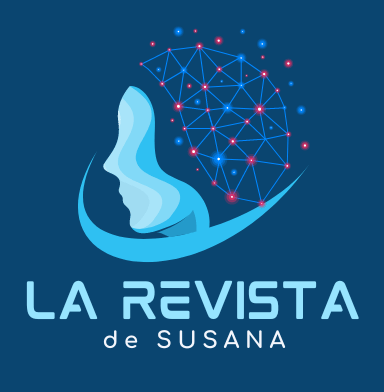AI and the Future of Work: Embracing the New Era of Human-Machine Synergy
My thoughts on the impact of Artificial Intelligence on future jobs, a change that has already begun, are this: we could reap tremendous benefits by combining our knowledge with AI’s power to gather and search through diverse sources for data that can improve what we already do.
Take, for example, a farmer in the southern part of the country, facing an issue with a pest that’s ravaging his crops. He opens up an agricultural app powered by AI, uploads a photo of his afflicted crops, and discovers that someone on the other side of the world has already solved this problem with a simple product that eradicates the pest.
Wow! This is fantastic and can aid us in all areas, including for artisans who might seek new ideas for their crafts through an app that connects artists globally.
In fields that involve mental activities, staff numbers might be reduced, as much of the laborious effort will be handled by AI in less time than a whole group would take. But, I insist, there’s a need for someone to ask the right questions, gather results, and turn them into business-applicable data.
What good is a wealth of information if we don’t know what to do with it?
This is the crux of the ‘human vs. AI’ narrative – for now, we still need someone who knows how to ask the ‘right question’ to obtain a useful answer and make the best use of it.
Even though artificial intelligence may possess all the resources of the world’s knowledge base, it still requires someone who needs it. Otherwise, that knowledge is no more useful than a library, full of the world’s wisdom but becoming as obsolete as horse-drawn carriages in the 21st century.
Continuing from the insightful thoughts shared earlier about the impact of AI on future jobs, let’s dive a bit deeper into the vast ocean of possibilities that AI brings to the table. It’s not just about replacing jobs or making tasks easier; it’s about opening doors to new ways of working and solving problems that we didn’t even know existed!
Healthcare Revolutionized
Imagine a doctor in a small clinic with limited resources. With AI, she could have instant access to the latest medical research, diagnostic tools, and treatment plans tailored to each patient’s unique genetic makeup.
AI could help her make more accurate diagnoses and offer personalized care that was once only available in high-end medical centers.
Creative Industries Enhanced with AI
Think about a musician or a filmmaker. These are deeply creative fields, right? But here’s where AI can add a surprising twist. AI tools could analyze trends, suggest new beats, or even help scriptwriters overcome writer’s block by suggesting plot twists based on audience preferences. It’s not about taking away the human element, but about amplifying creativity and reaching new heights.
Education Tailored to Each Student
Education is another field ripe for an AI revolution. Every student learns differently, and AI can personalize education, adapting teaching methods and materials to suit each student’s learning style and pace. Imagine a classroom where every student gets the exact kind of support they need to thrive.
AI in Everyday Problem-Solving
Think about how we use maps on our phones. That’s AI at work, helping us navigate the fastest route every day. Now apply that to more complex problems like city planning or environmental conservation. AI can analyze vast amounts of data to help plan more efficient cities or manage resources sustainably, solving problems on a scale that’s hard for humans to comprehend alone.
The Human Touch
But here’s the kicker: AI doesn’t work in a vacuum. It needs the human touch, the right questions, as mentioned earlier. It’s like having a super-powered assistant who’s brilliant at crunching numbers and patterns but needs human guidance to understand the nuances and contexts.
Conclusion
So, the future of work with AI?
It’s like a dance, a partnership where each partner brings their strengths to the floor. AI offers speed, precision, and the ability to handle massive data, while humans bring creativity, empathy, and contextual understanding. Together, they can create a symphony of efficiency and innovation, making the world not just a smarter place, but a better one too.
Author:
Paulo Roberto Gaefke a technology enthusiast who was worked with th Internet since the time of the dinosaurs, and saw the birth of Alta Vista Searc, Bing and Google.
Vibrating with the possibilities of AIin the development of humanity to its best side.
“May the Force be with you.”

